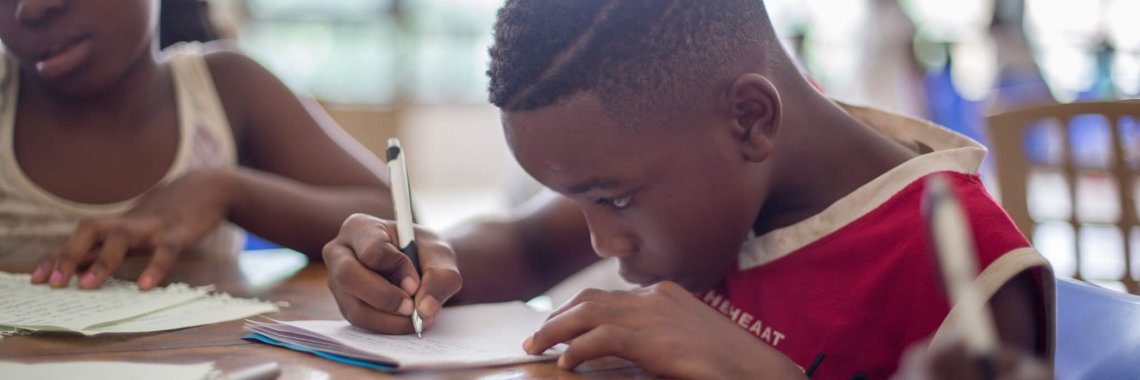TLDR: What are Wisdom Tales?
Wisdom tales are teaching stories that affirm cultural values—often of a religious or moral nature—through the medium of imaginative narratives. The category of wisdom tales encompasses sacred stories from the whole range of the world’s spiritual traditions, ancient and modern. It includes scriptural narratives as well as stories sometimes designated as myths or pious legends.…










